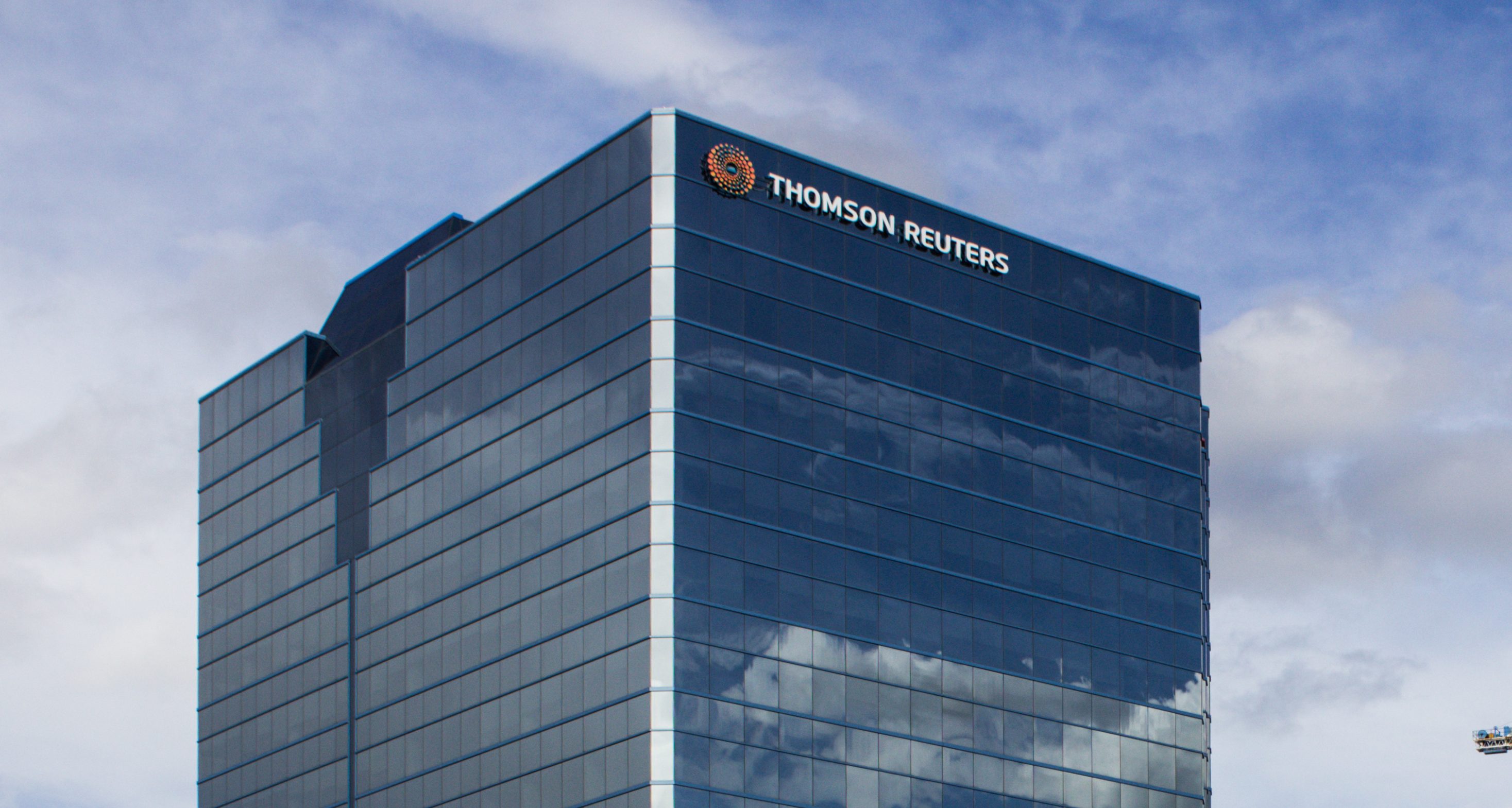Thomson Reuters Corp. reported last June that organizations with a visible artificial intelligence strategy are twice as likely to see revenue growth and 3.5 times more likely to experience critical AI benefits than those without one. By its own account, the global content and technology company is practicing what it preaches.
Thomson Reuters employs 26,000 people worldwide, many of whom are skilled technologists. Its Thomson Reuters Labs applied research division has been putting machine learning into operation for years to develop products that serve professionals in legal, tax, accounting, compliance, government and media.
So the company is no stranger to AI, but when OpenAI LLC’s ChatGPT arrived nearly three years ago, everything accelerated.
“It was profound for the areas where expert systems and information retrieval are paramount,” said Chief Technology Officer Joel Hron. “We were fortunate in that we had a lot of expertise in the company to help us pivot. We’ve been quite intentional over the last three years about how we scale that.”
Private sandbox
The strategy was to demystify generative AI by making it widely available. One of the company’s earliest moves post-ChatGPT was to build Open Arena, a privately hosted platform that gives employees secure access to a range of large language models.
Developed in just six weeks, Open Arena now has more than 20,000 active users. Adoption was spurred by “ideathons,” hackathons and easily accessible training. “There was a real hunger to get something in everybody’s hands,” Hron said.
Thomson Reuters’ Hron: “There was a real hunger to get [AI] in everybody’s hands.” Photo: Thomson Reuters
The company’s motivations weren’t purely altruistic. As a publisher of premium-priced software and reference materials for professionals, Thomson Reuters saw ample opportunity to integrate AI into its products.
“AI didn’t shrink our roadmap; it made it bigger,” Hron said. The expanded roadmap includes everything from legal research copilots to workflow orchestration agents in tax software.
That opportunity has also driven the company’s acquisition strategy. Thomson Reuters has purchased eight small companies over the past two years, mostly to expand its AI base.
They include Casetext Inc., maker of an AI assistant for legal professionals, agentic accountant assistant developer Materia and Additive AI Inc., which applies AI to tax document processing.
AI assistants
One of the resulting products is a legal deep research assistant generative AI agent trained on Westlaw content and designed to reason like a human lawyer. “It’s specifically trained to use legal research tools that we have built within Westlaw over the last many decades,” Hron said.
In tax, the company has deployed agents that can orchestrate the workflow of complex tax returns, pulling in data extraction, rule-based calculations and legislative research tools.
Hron said the acquisitions are part of a broader strategy to level of AI literacy across the organization. “We don’t acquire just to scale up what they’ve done; we acquire to learn from them,” he said. Materia, for example, provided the conceptual foundation for the company’s new tax agent tools, while legacy Thomson Reuters products power underlying components such as document extraction and tax engines.
Despite being all in on AI, Thomson Reuters is acutely aware of the technology’s limitations. Every new model undergoes rigorous benchmarking and human evaluation, much of it led by the company’s more than 4,000 subject-matter experts.
That validation pipeline includes automated testing using benchmarks such as the Measuring Massive Multitask Language Understanding evaluation framework, custom internal metrics and rubric-based human reviews. “We try to provide as much transparency into the reasoning process as possible,” said Hron, including source citations, plan visualizations and confidence indicators.
Culture change
Even with its technology-savvy employee population, Thomson Reuters has had to wrestle with the challenges of transforming a culture to embrace AI. “The change management is not as easy as some would say,” Hron said. “There’s a tremendous amount of change in terms of mindset.”
To address that, the company leans on internal education, user experience design that addresses ambiguity and robust customer success programs. “We try to provide as much transparency into the plan that the LLM is taking in adapting its plan,” Hron said. “That includes the why, how and what references support its statements.”
While acknowledging that AI hype is at a peak, Hron said he’s bullish on its long-term potential.
“These things are overhyped in the short term and underhyped in the long term,” he said. In the case of Thomson Reuters, the future is already in production.
Photo: Wikimedia Commons
Support our mission to keep content open and free by engaging with theCUBE community. Join theCUBE’s Alumni Trust Network, where technology leaders connect, share intelligence and create opportunities.
- 15M+ viewers of theCUBE videos, powering conversations across AI, cloud, cybersecurity and more
- 11.4k+ theCUBE alumni — Connect with more than 11,400 tech and business leaders shaping the future through a unique trusted-based network.
About News Media
Founded by tech visionaries John Furrier and Dave Vellante, News Media has built a dynamic ecosystem of industry-leading digital media brands that reach 15+ million elite tech professionals. Our new proprietary theCUBE AI Video Cloud is breaking ground in audience interaction, leveraging theCUBEai.com neural network to help technology companies make data-driven decisions and stay at the forefront of industry conversations.









